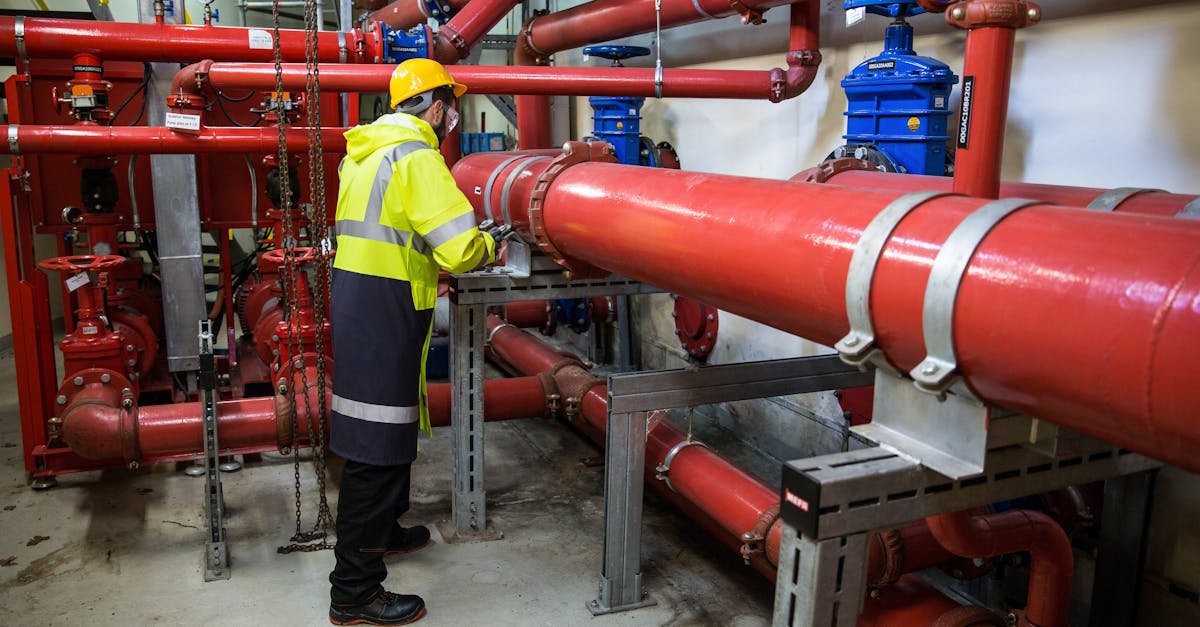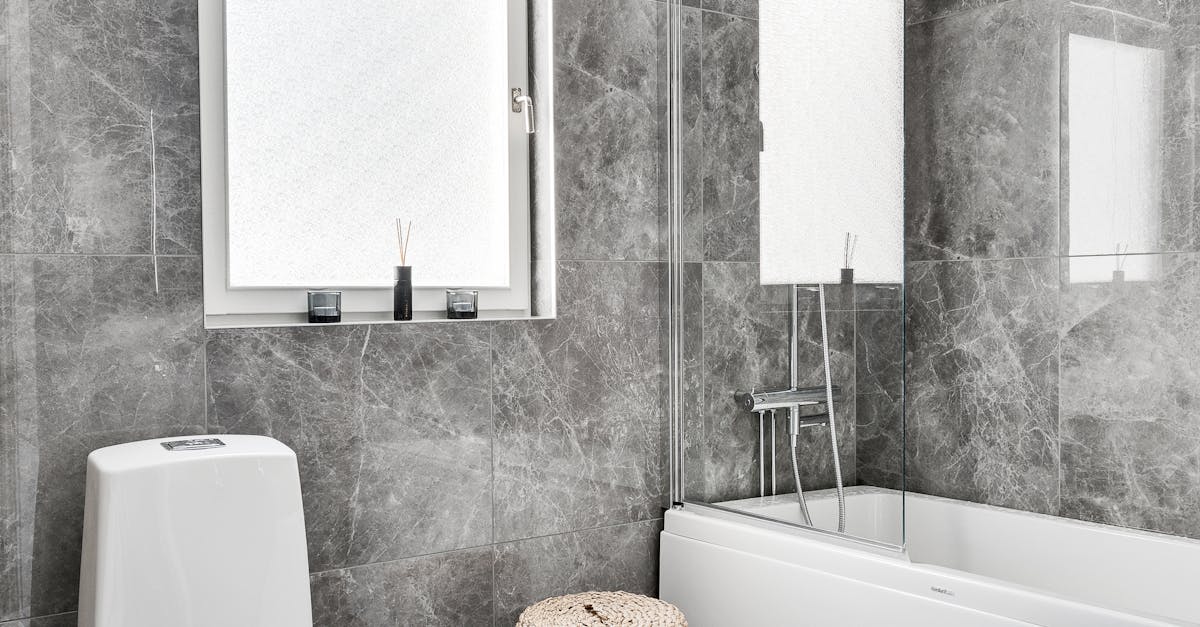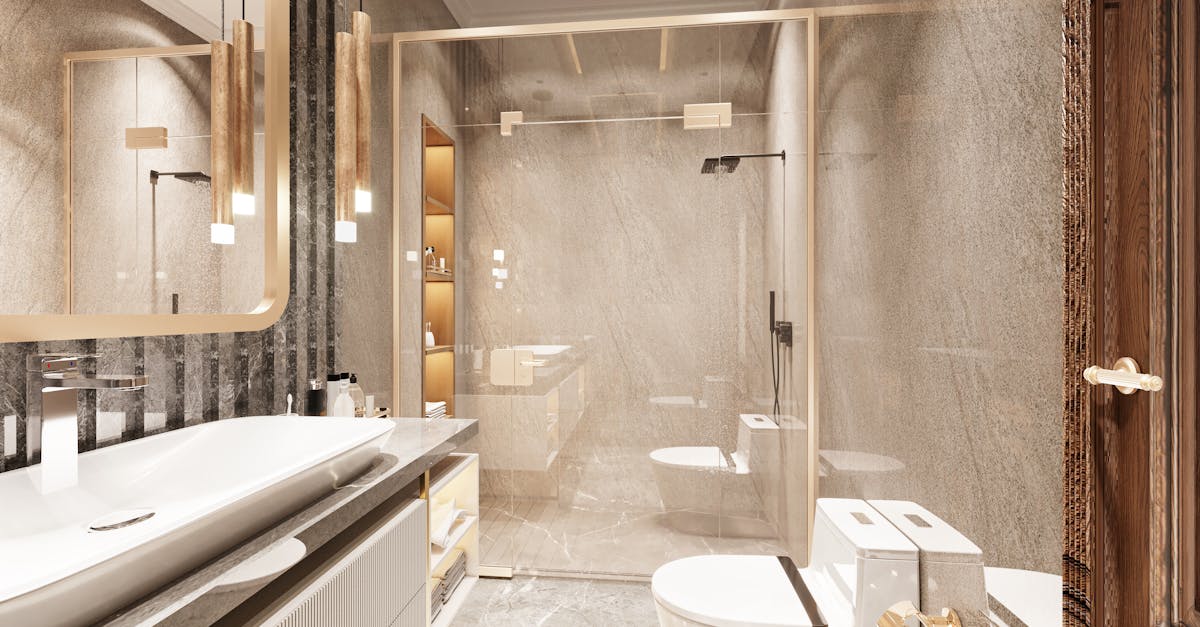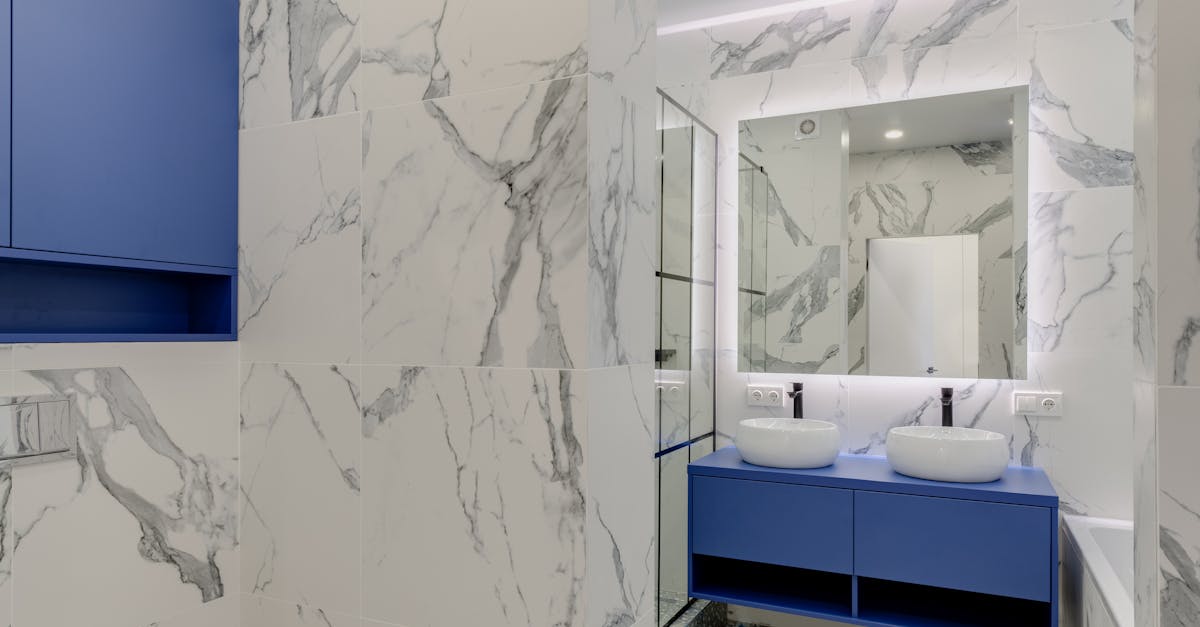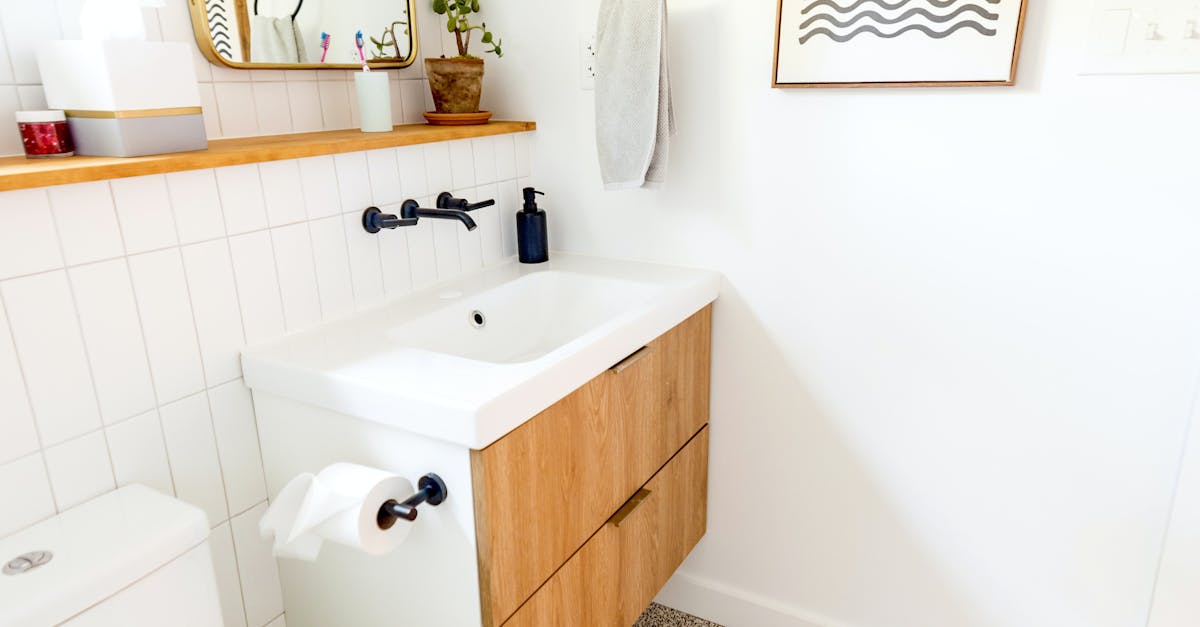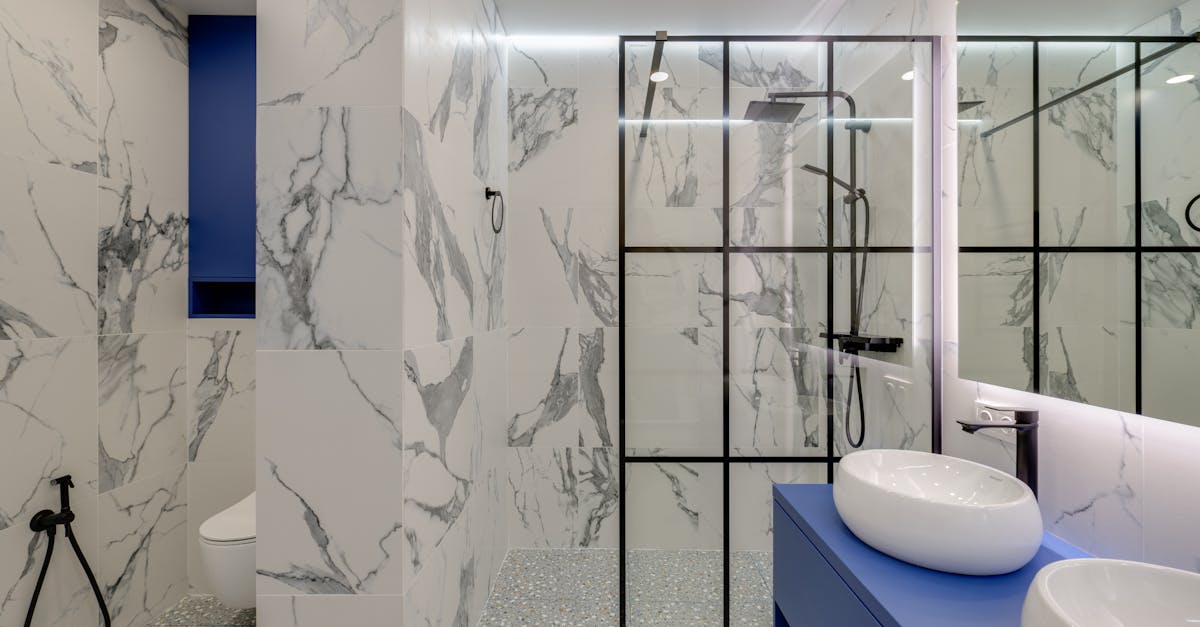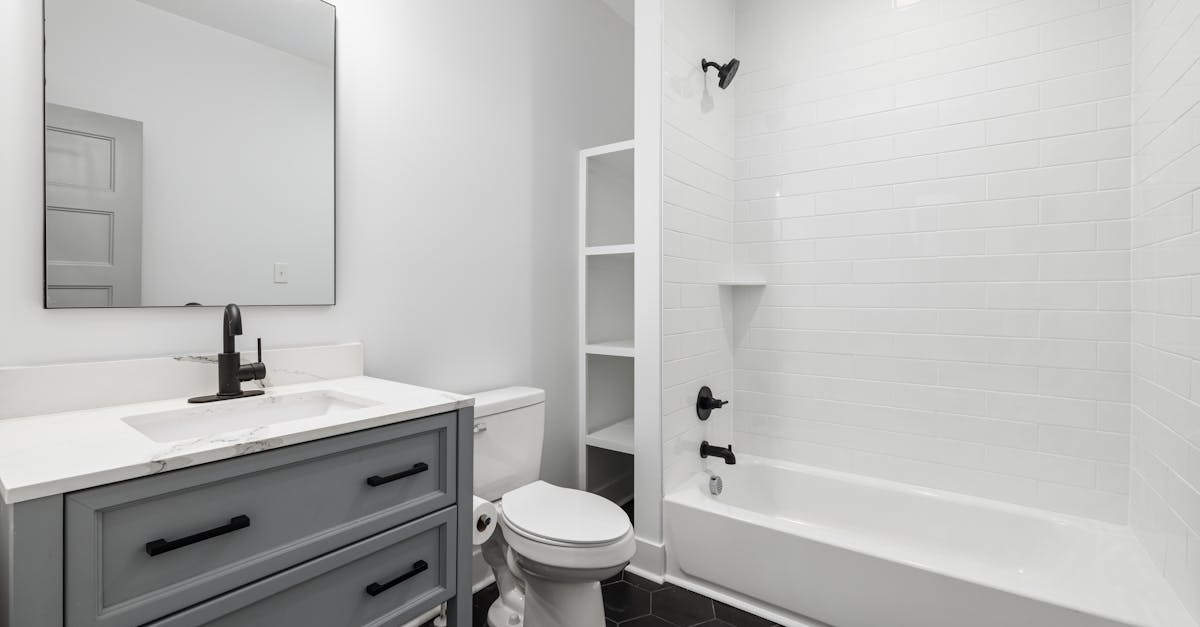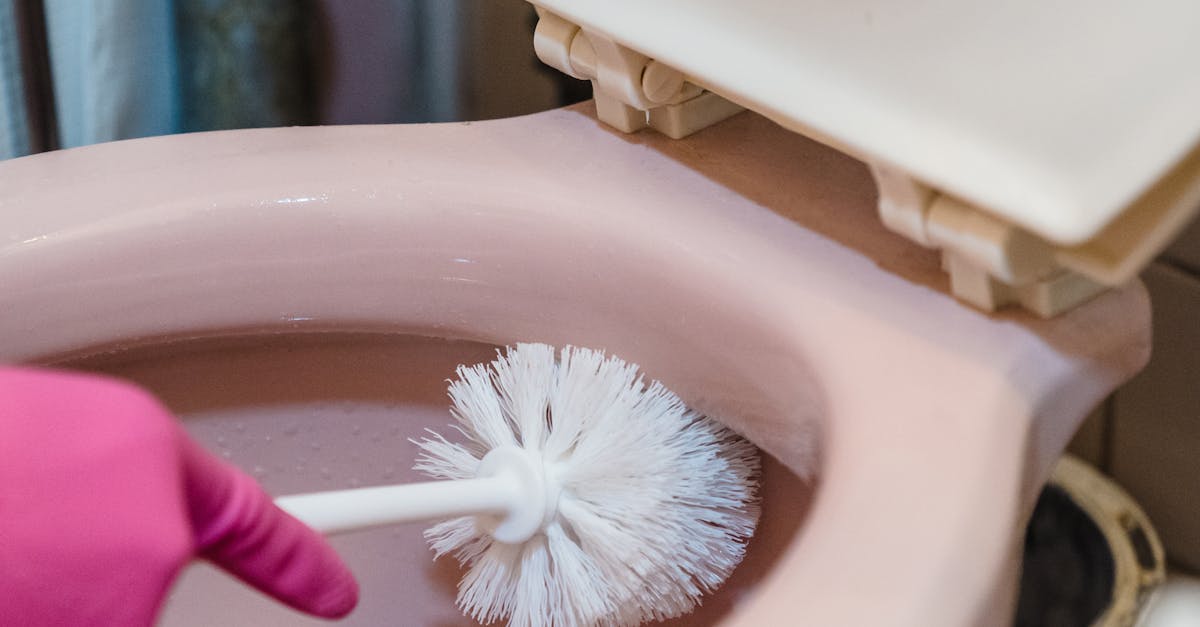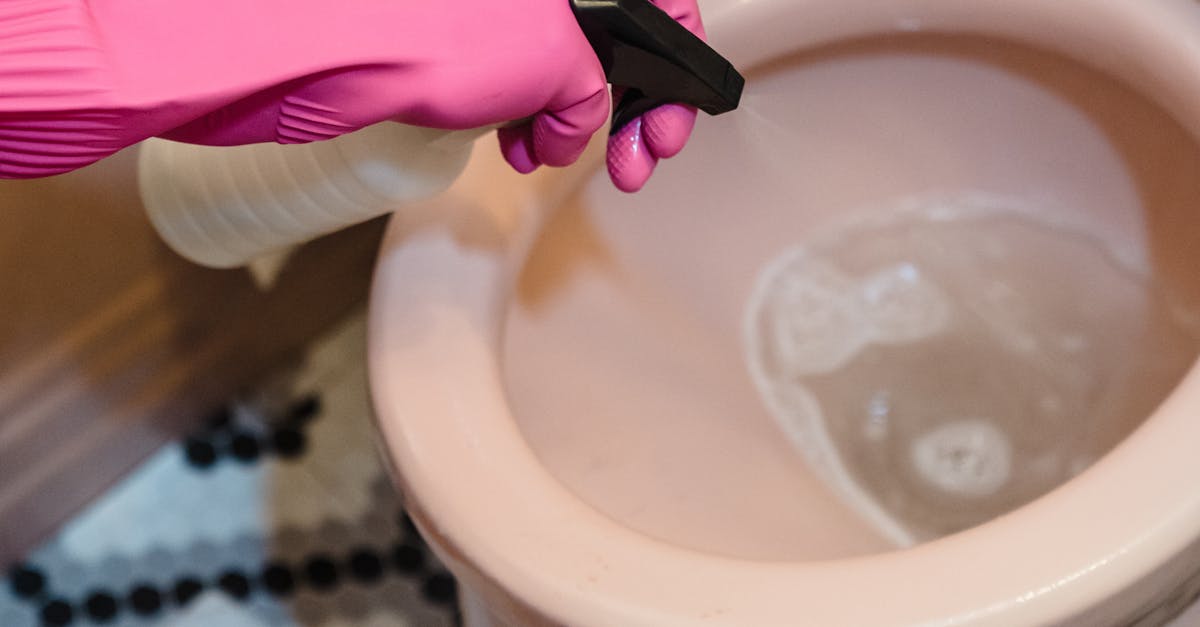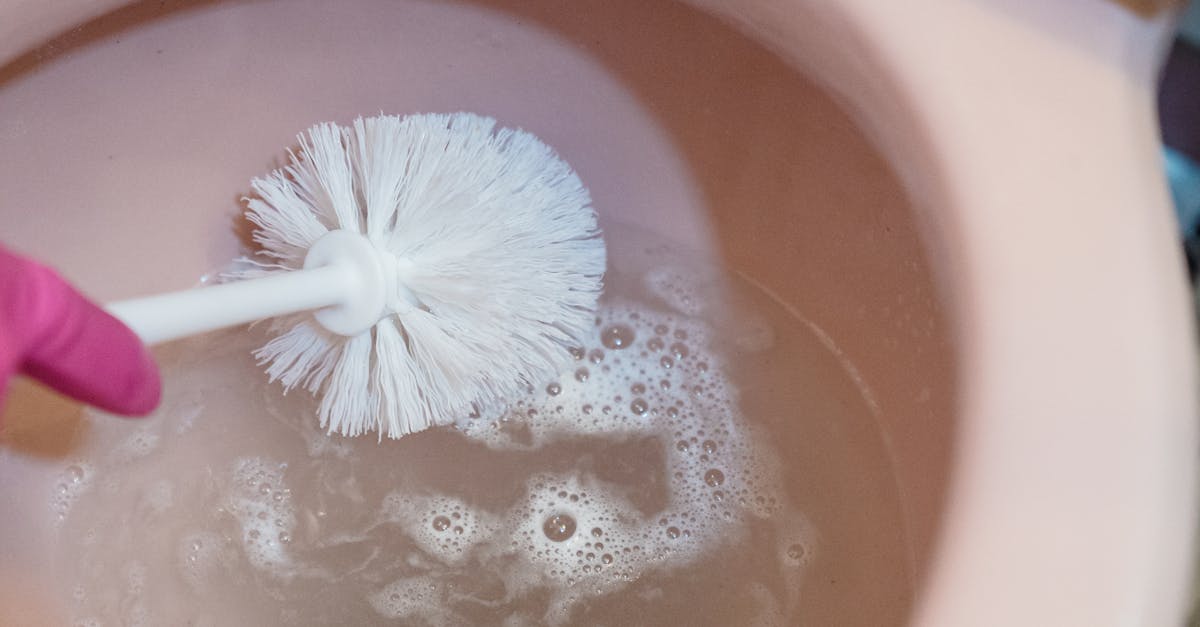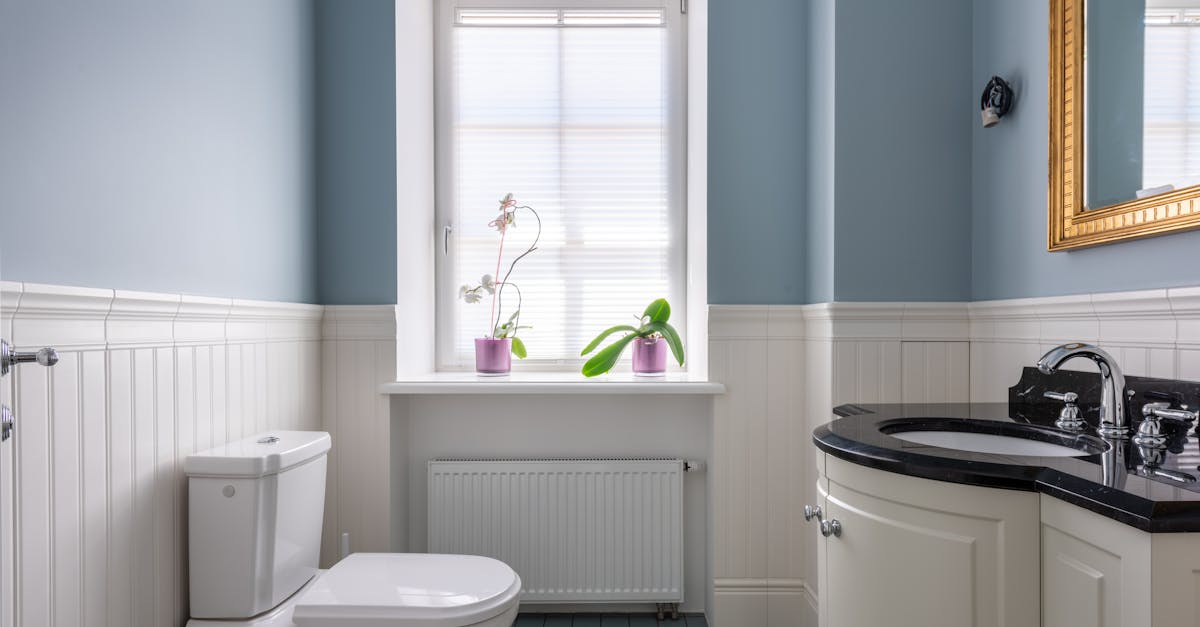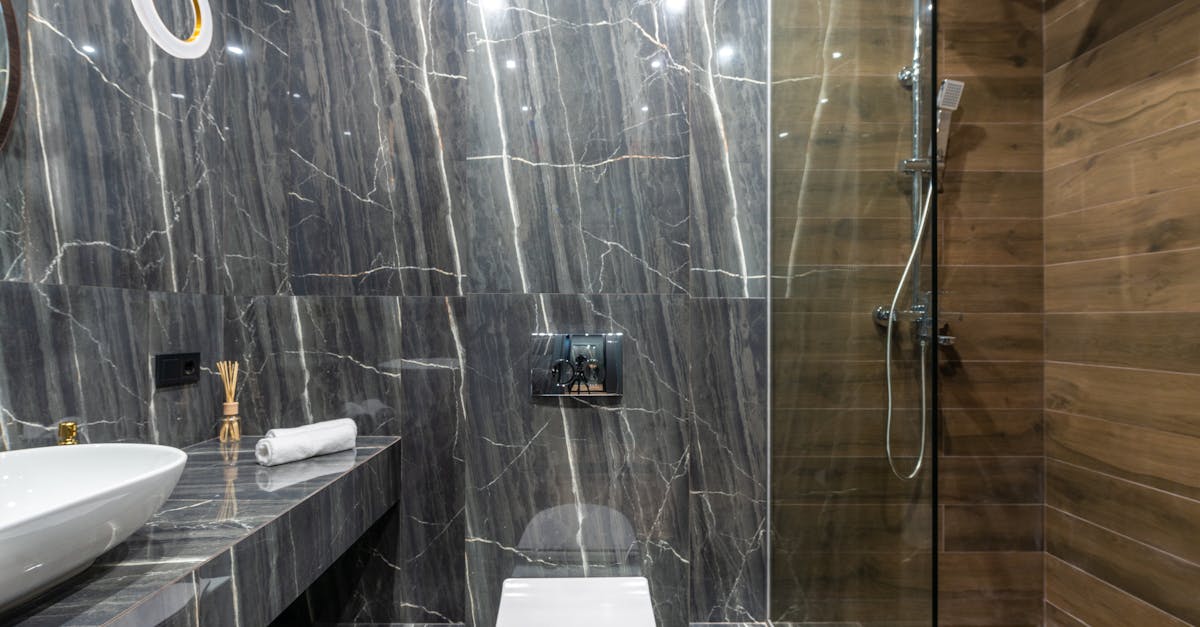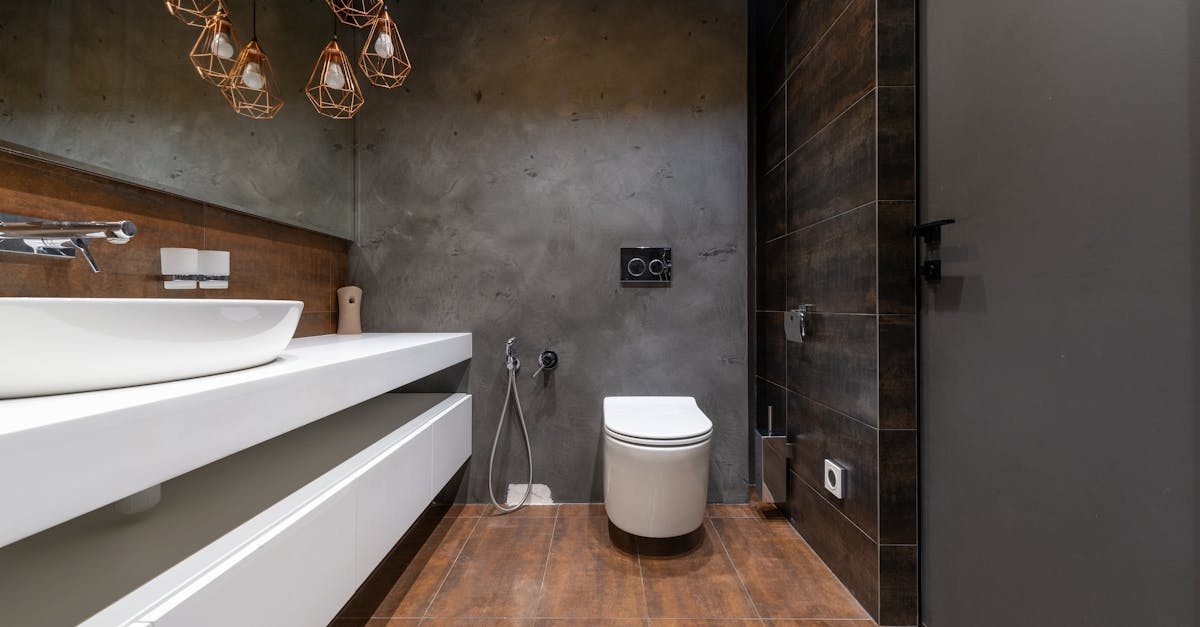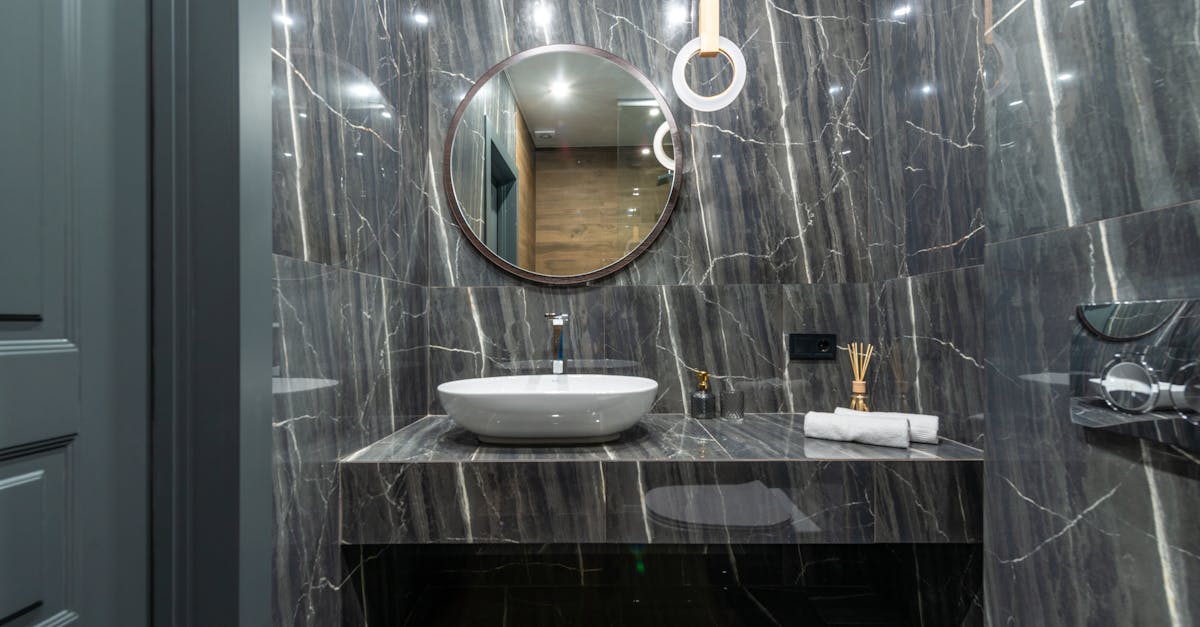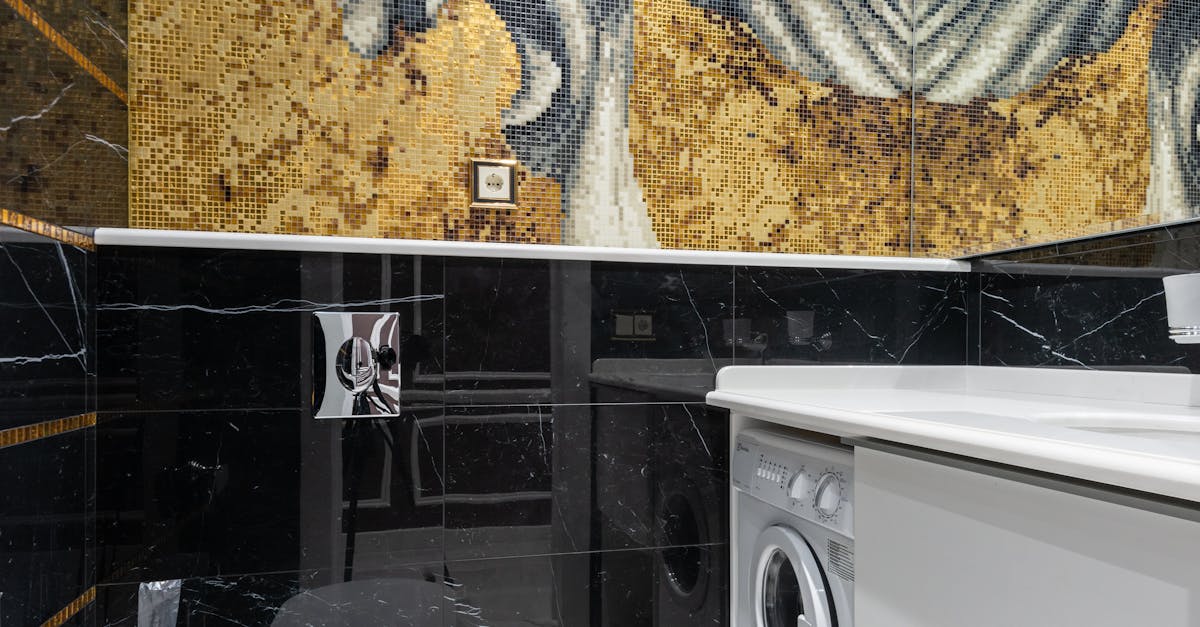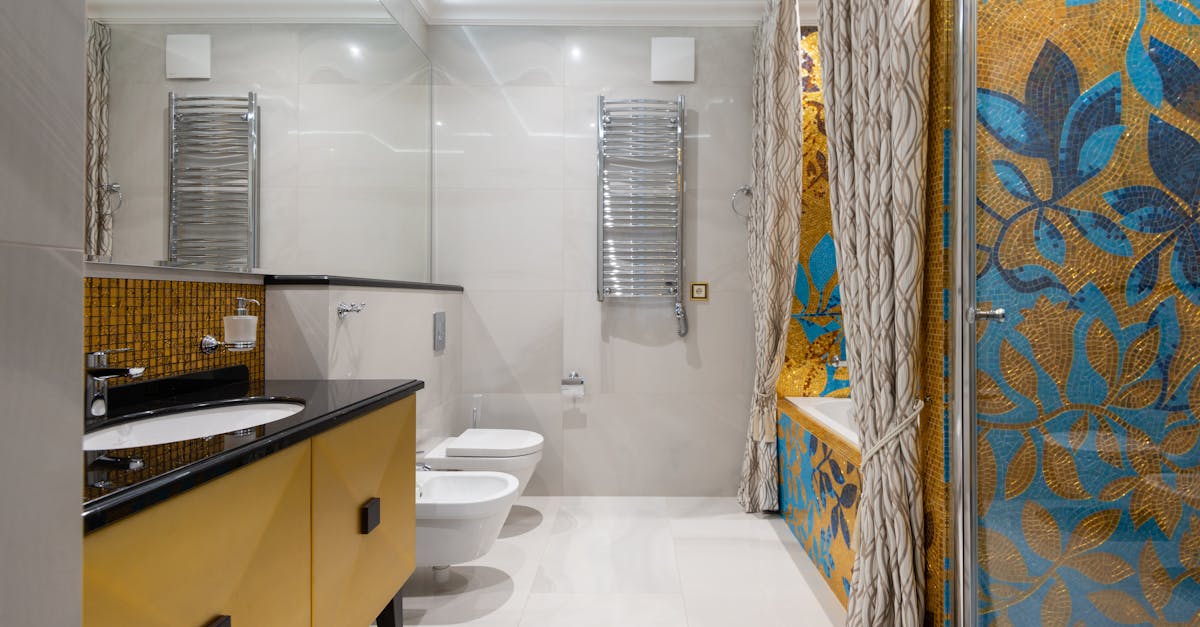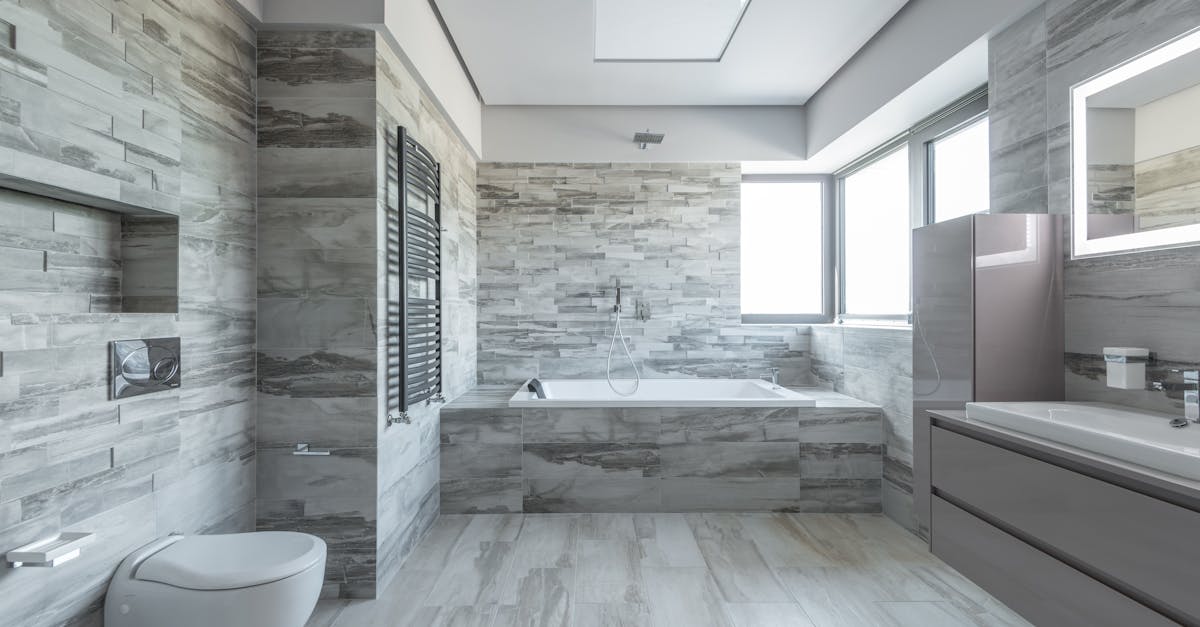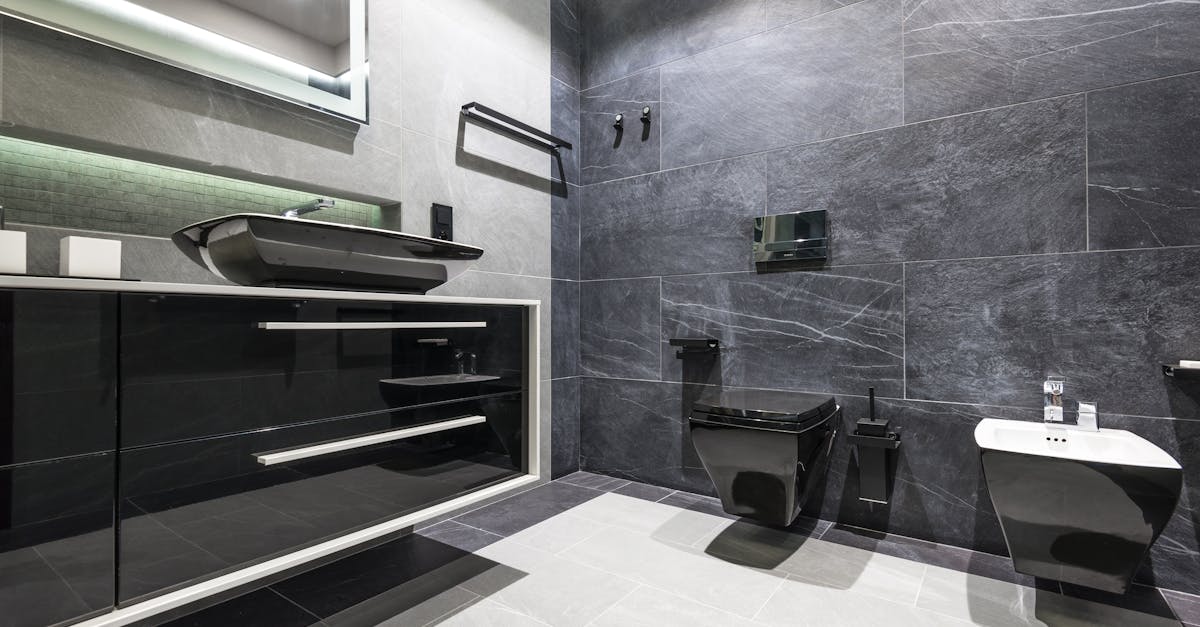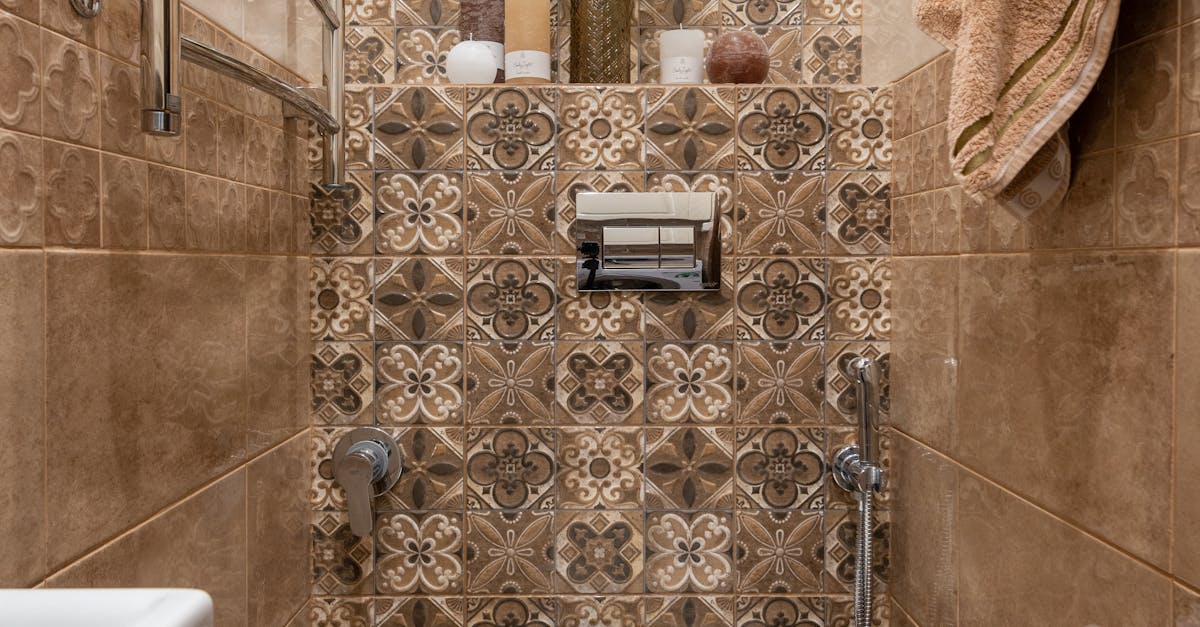
Table Of Contents
Water Supply Line Issues
A common cause for water pooling at the base of a toilet is issues with the water supply line. This flexible tube is responsible for delivering water to the toilet tank from the main supply. Over time, wear and tear can lead to leaks in the line itself. If there's any sign of moisture around the connection points or along the tube, it's essential to inspect these areas closely. Often, tightening connections or replacing a damaged supply line can resolve the problem without requiring extensive toilet repairs.
Another aspect to consider is the condition of the shut-off valve located near the floor or wall. If this valve malfunctions, it may leak and create the appearance of a toilet leak. Regular maintenance and inspections can help identify any issues in the water supply line early on. Addressing these problems promptly not only prevents water damage but also minimises the need for more significant toilet repairs in the future.
Inspecting the Supply Line for Leaks
Inspecting the supply line is crucial when determining the source of a leak from the bottom of your toilet. Start by examining the area where the supply line connects to the shut-off valve and the bottom of the toilet. Look for any visible signs of moisture, which may indicate leaks. Tightening connections with a wrench can sometimes resolve minor issues. If leaks persist, consider replacing washers or the entire supply line, as they can wear out over time.
Another important step is to check for any kinks or bends in the supply line itself. A compromised line may not only contribute to leaks but can also restrict water flow to the toilet. Regular maintenance and timely toilet repairs are essential to avoid more significant issues later on. Always ensure that you turn off the water supply before conducting any inspections to prevent water damage.
Condensation vs. Actual Leak
Determining whether moisture around the base of the toilet is due to condensation or an actual leak is crucial for appropriate toilet repairs. Condensation often occurs in humid environments, resulting in water droplets forming on the toilet's surface. This excess moisture can trickle down and pool at the base, leading to confusion about its source. Inspecting the surrounding area for signs of humidity can help ascertain if condensation is the culprit.
In contrast, an actual leak poses a more significant issue that requires immediate attention. Water leaking from connections or cracks in the toilet can lead to persistent pooling, which may eventually cause water damage to floors and adjacent areas. Identifying a genuine leak necessitates a thorough examination of the plumbing fixtures, ensuring that any signs of leakage are promptly addressed through professional toilet repairs.
Distinguishing Between Moisture Sources
Identifying the source of moisture around the base of a toilet is crucial in determining whether it’s a condensation issue or a more serious leak. If you notice water accumulation consistently, it may be due to the temperature difference between the cold water inside the toilet tank and the warmer air in the bathroom. This condensation can create droplets that trickle down to the floor. To confirm condensation, check the surrounding environment when the bathroom is at its warmest and most humid, which often coincides with morning routines.
On the other hand, an actual leak will typically manifest as a more significant and continuous source of moisture. Investigating the supply line, wax seal, and tank connections is essential in identifying problematic areas. If there’s pooling water rather than just dampness, immediate attention is necessary, as this can escalate and lead to further damages. In cases where leaks are confirmed, timely toilet repairs will help prevent structural problems and minimise repair costs.
Improper Installation
Improper installation is a common cause of leaks at the base of a toilet. When a toilet is not secured correctly to the floor or if the wax seal is improperly placed, it can lead to gaps that allow water to escape. This situation often results from rushing through the installation process or failing to follow manufacturer guidelines. To avoid the hassle of ongoing toilet repairs, it is essential to ensure that all components are fitted correctly.
Signs of an incorrectly installed toilet can include wobbling or rocking when in use. Over time, these movements can further damage seals and lead to persistent leaks. Homeowners should check the tightness of bolts and the integrity of the wax ring periodically. Addressing these issues early can prevent needing extensive toilet repairs in the future.
Signs of Incorrect Toilet Installation
Incorrect installation of a toilet can lead to significant issues, including leaks from the base. One common sign of improper installation is a visible gap between the toilet and the floor, which can create instability and allow water to escape. If the wax seal is not properly fitted or has deteriorated over time, it may fail to provide the necessary seal. This often necessitates toilet repairs to replace the seal and ensure proper alignment.
Additionally, if the toilet rocks when you sit on it, this can indicate that the mounting bolts are not securely fastened. This movement can compromise the seal and increase the risk of leaks. Homeowners should regularly check for any movement or gaps around the toilet. Addressing these signs early can prevent more extensive damage and costly toilet repairs in the future.
FAQS
What are the common causes of a toilet leaking from the bottom?
Common causes include issues with the water supply line, condensation from humidity, and improper installation of the toilet.
How can I determine if the leak is from the supply line?
Inspect the supply line for any visible leaks or dampness. If the connection points are wet or water is pooling around the base, it may indicate a problem with the supply line.
How do I differentiate between condensation and a leak?
Condensation occurs when warm air meets a cool surface, leading to moisture build-up, while an actual leak will typically produce continuous water flow or pooling. Check for consistent wetness or dripping to identify a leak.
What signs indicate improper toilet installation?
Signs of incorrect installation may include uneven placement of the toilet, rocking when weight is applied, and visible gaps between the toilet base and the floor.
Can a leaking toilet cause damage to my bathroom?
Yes, a leaking toilet can lead to water damage, mould growth, and structural issues in the flooring or surrounding areas if not addressed promptly.
